Group work in the classroom is an essential piece of the learning puzzle.
Whilst there are many different ways to run group work in the classroom, a common approach is a rotation style where students move through a variety of teacher-planned activities. A well-known way of facilitating this type of group work is through English groups or English rotations. Whilst set activities focus on a variety of literacy concepts, one rotation is designed to consolidate reading strategies through a guided reading session.
Increasingly, teachers are using rotations for a variety of learning areas including spelling, writing and mathematics.

When you are faced with a class that includes a variety of ability levels, rotation style group work can allow you to focus on particular areas of development for each group. Another way to group students that is becoming more and more popular is through mixed-ability groups.
Whichever way you decide to organise your group rotations, it’s important that you plan out what group work will look, sound and feel like in your classroom.
How to Effectively Manage Group Work in the Classroom
Once you have done the all-important grouping of your students. The next step is to provide each group with a name.
Giving groups their own name gives them a sense of ownership and belonging, plus it makes things a lot easier with the day to day running of group rotations in the classroom. We have a range of editable grouping posters for the classroom that you can develop and display in your classroom.
My suggestion would be to type your students’ names on individual cards so that you can easily move their names around the groups depending on different circumstances.
It’s a good idea to pick a group leader each week who is responsible for getting all of the resources or materials needed. I usually started with the student at the top of the list and worked down the list each week.
[resource:2697210][resource:2697198][resource:2719726][resource:2729770]
It’s important to give yourself and your students time to get used to the routine of group rotations.
My tip would be to start with some very simple activities for each station and spend a couple of weeks focusing on how the group rotations will work. Behaviour expectations would also be discussed during these first few weeks. Spending this time getting it right from the start will be a huge benefit in the long run.
Group Work Rotation Displays
The next idea that will make your life a whole lot easier, is to create a weekly rotation display which clearly shows the students what they will be doing on any given day.
Group Rotation PowerPoint
Our brand new Weekly Group Rotations Interactive PowerPoint has been designed to provide a template for teachers to organise their weekly group rotations for their students.
The beauty of this resources is that it is all digital and incredibly easy to adapt to suit how you manage group work in your classroom.
I found in the early years, completing two activities in a 60 minute block was achievable. There was no way I would get the students focused on one activity for an hour, so we did two 20 minute activities with 10 minute as a buffer for the transition period. You can easily adapt the above PowerPoint template by adding two pictures for each day.
Group Rotation Grid Display
We also have a collection of group rotation wall displays available to download and print. Again, you can set this up on a display board so that it suits the needs of your class.
Perhaps you only do reading rotations four times a week rather than every day! Or, perhaps you have 6 groups. Adapt it to suit your needs!
Each resource has an editable word version so you can include your own group names and specific activities.
Imagine how cool it would be to use actual photos of your students completing each of the activities on the display?
[resource:2727622][resource:2727618][resource:2727614][resource:2727582]
Group Rotation Wheel Display
An oldie but a goodie! This is the display I used in my classroom and it worked perfectly well. The ability to move the wheel between each activity was a great visual for my early years classroom.
Keeping the group names simple by using colours also kept the simplicity of this resource at it’s best!
We have a variety of different group number options as well:
[resource:2700374][resource:2713018][resource:2713014][resource:605193]
Storage of Activities for Group Rotations
This is something that appears to be a simple idea, but, if you don’t have suitable storage set up for group rotations, activities will go missing, or groups may end up with the wrong activities to complete. When this happens, mayhem very quickly escalates!
By creating folders at each station that contains the materials required for that activity, clearly labelled with the groups’ name will eliminate any confusion.
Also, if it was an activity that didn’t necessarily need worksheets, I would set up the materials myself at the stations before the start of the session.
Prior preparation of these activities means that you can focus on the overall management of the group rotations.
Extra Hands Make Light Work
Another thing to consider is utilising parent helpers or Teacher Aide’s during small group work in the classroom. It was always a stressful start to the term when you were waiting to hear about your Teacher Aide time allocation – it felt like you had won the jackpot when you had managed a 60 minute block of TA time!
I also tried to schedule my rotations in the morning after drop off so that I could utilise some parent helpers as well. This meant with Teacher Aide time, I could sometimes have an adult helper with each group. This made a huge difference.
Read our blog about how to manage parent helpers in the classroom for some other hints and tips.

We hope this blog gives you some quick and easy ways to manage group rotations in your classroom.

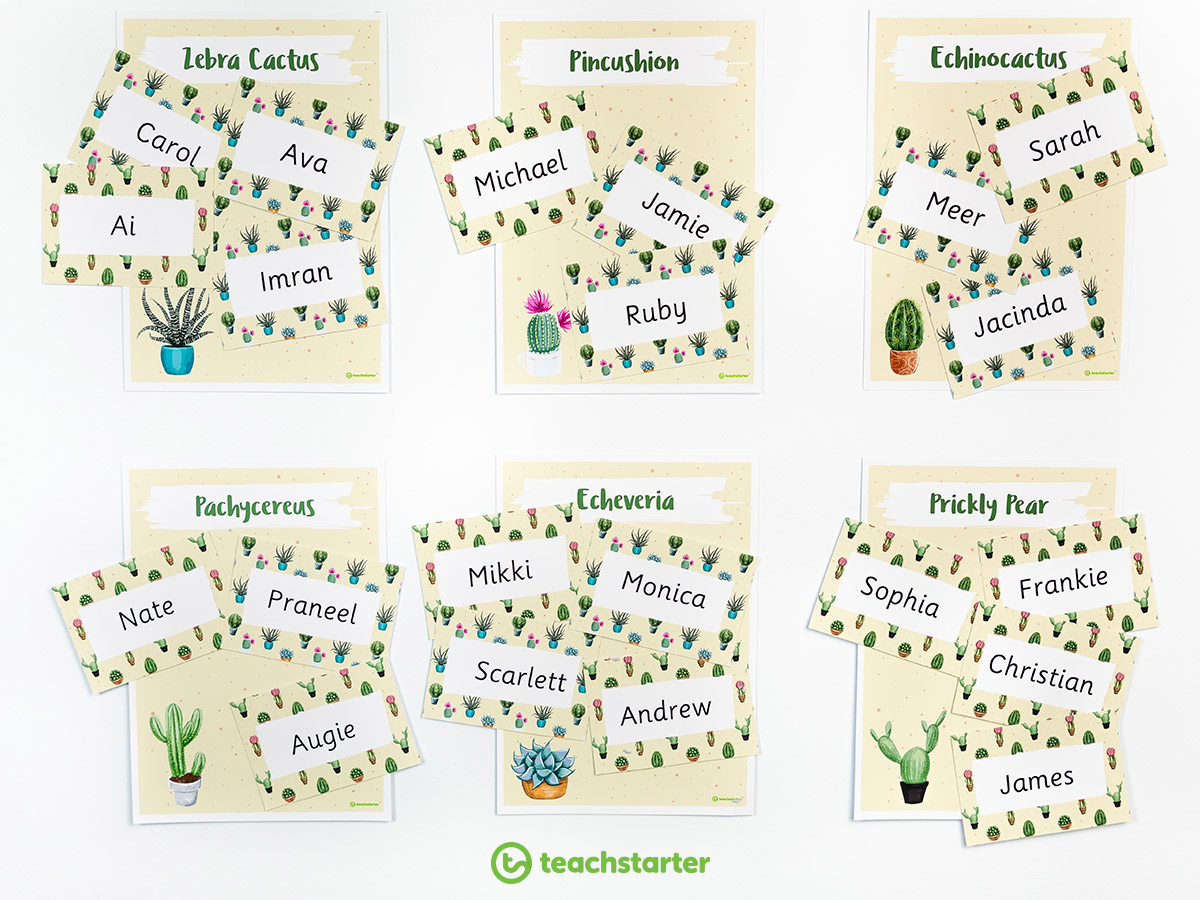
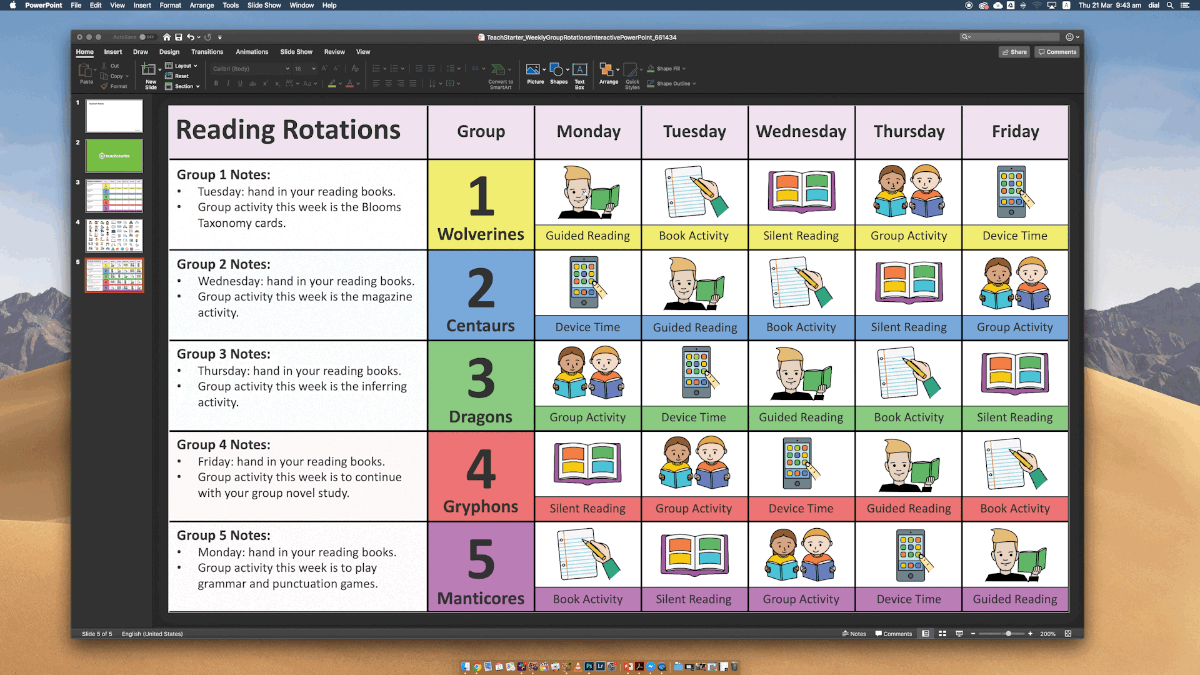


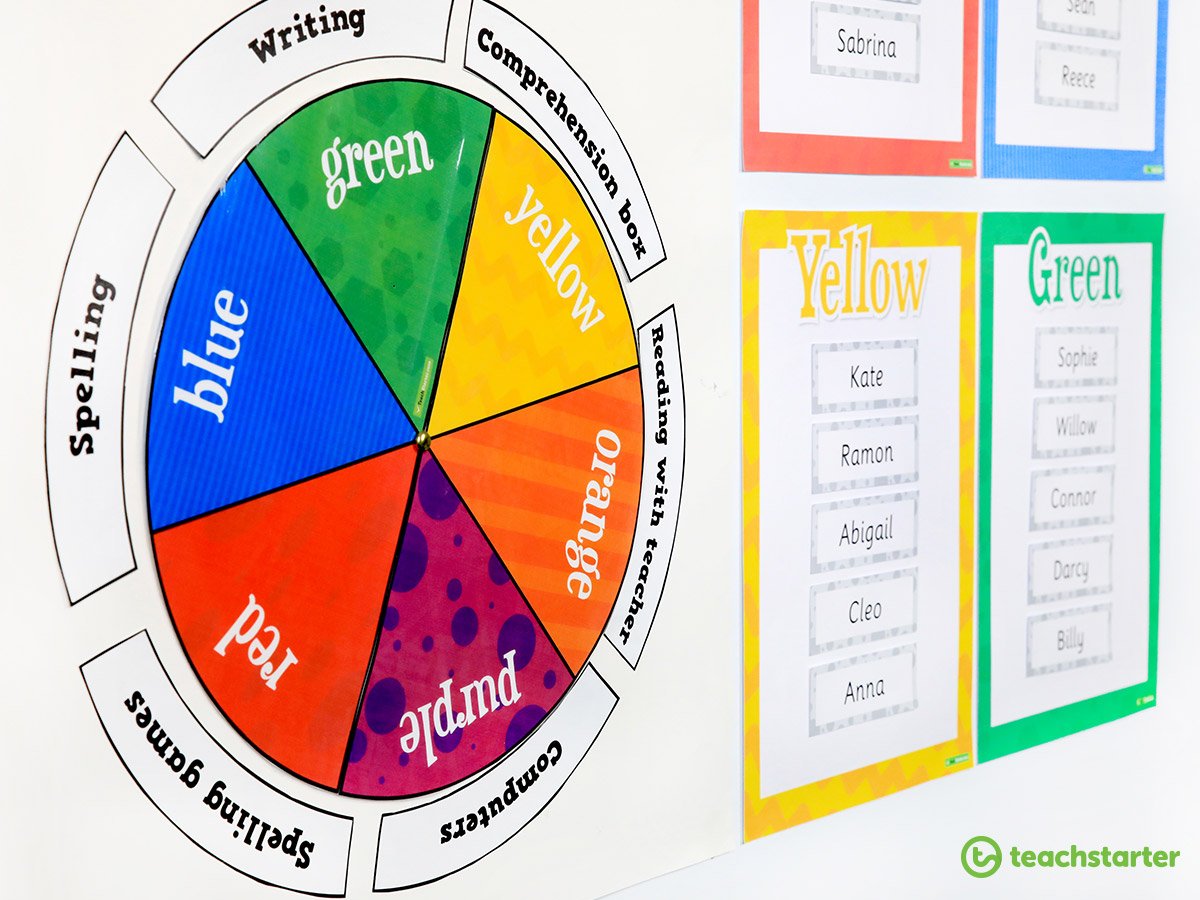
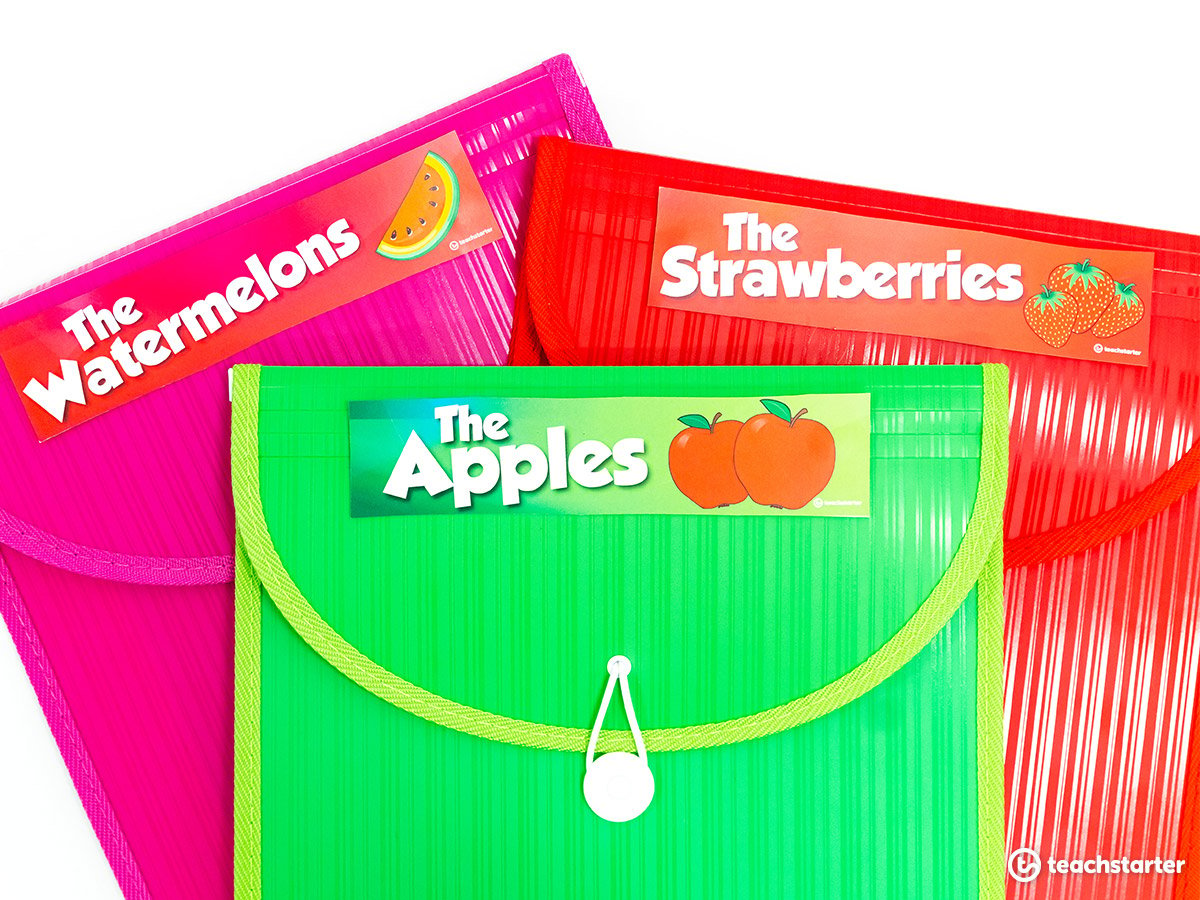
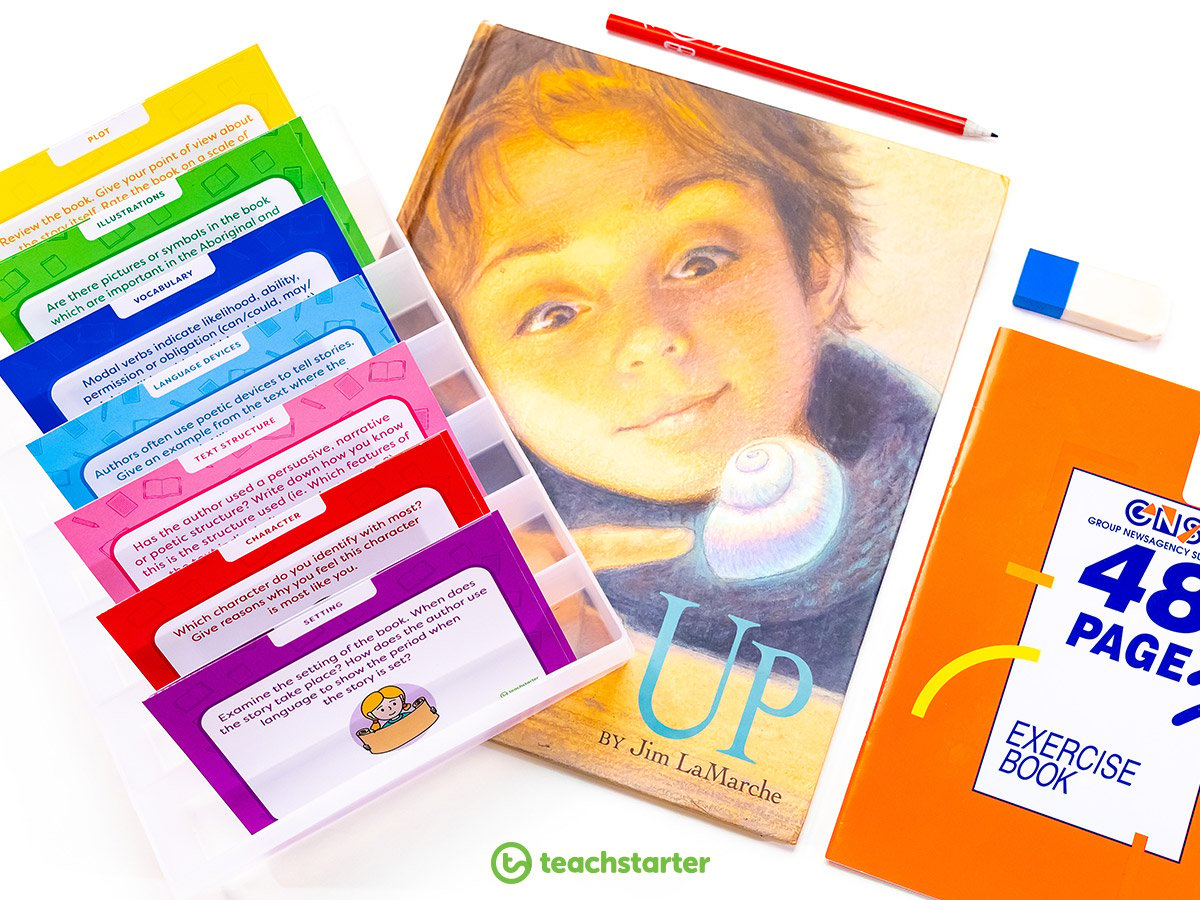






Comments